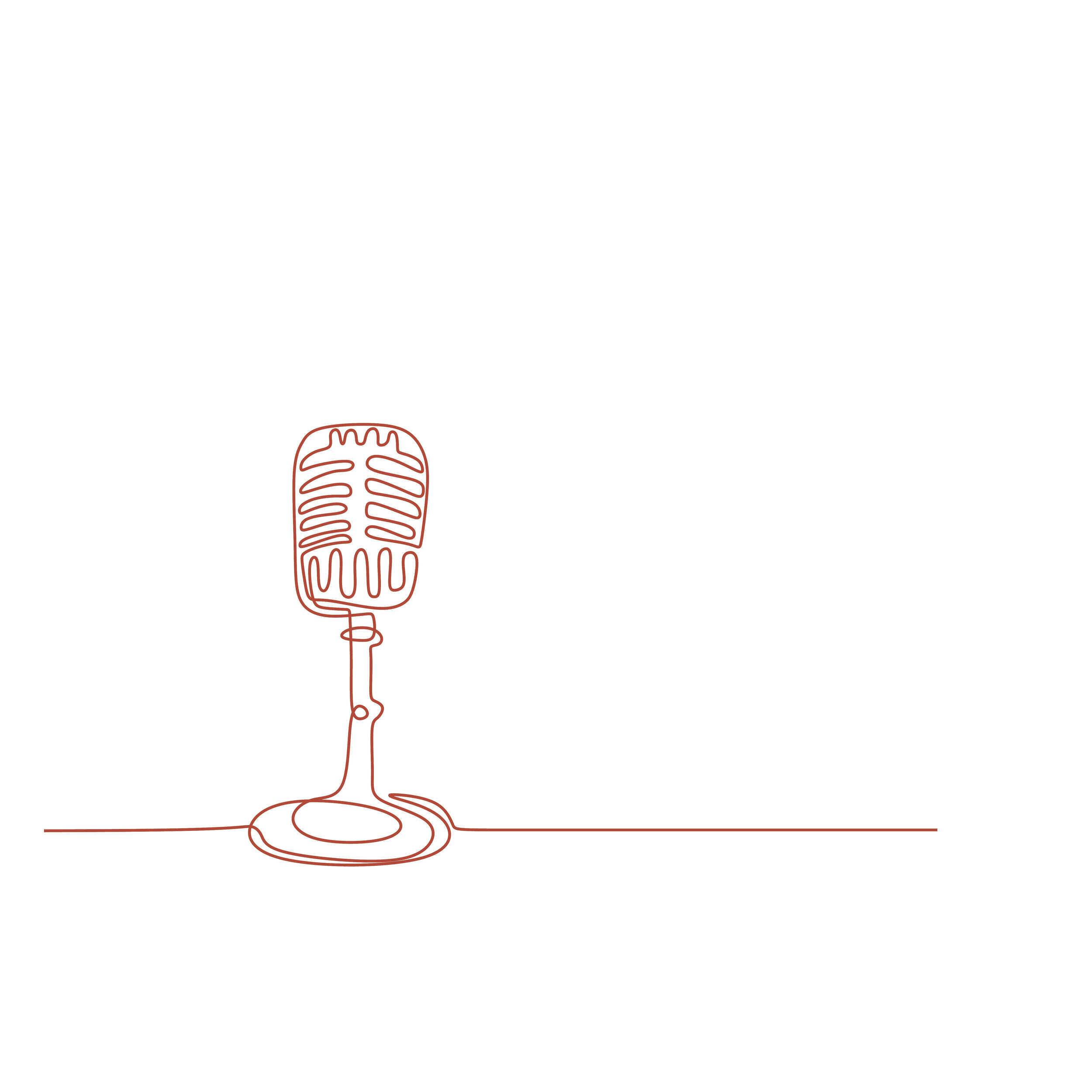
My Say.
A selection of press interviews and articles.
“Situated aptly along the River Thames, the exhibition is a reminder of how far out of reach the idea of water is for millions of communities around the world ...I always approach storytelling from an emotional point of view. I’m interested to understand how people feel – showing something is simple, but expressing complex human emotions in an image is what I aspire to convey.”
9/03/2023
I’ll Die For You is the recipient of the 2022 Prix Virginia.
Awarded biannually since 2012, Prix Virginia is the first photography prize exclusively reserved for a woman photographer. It's the brainchild of French artist Sylvia Schildge, who created it to honour the influential women of her family, including her grandmother, Virginia - a pianist.
"It was one of the most overwhelming moments for me as a photographer and one of the most loaded emotionally in Tahrir Square…I was trying to capture the emotion of the crowd, the weight of this moment historically, all while trying to celebrate it as an Egyptian. I remember sounds, colours and smells. The sky was lit with fireworks and the roar of the crowds shook the ground under my feet.
"What really stayed with me about Tahrir Square is the value of the moment…Egyptians are a sentimental people - we look back more than we look forward by nature of our ancient civilisation and the legacy our Ancient Egyptian ancestors left for us. In Liberation [Tahrir] Square people were looking out to the future with hopes and dreams…”
Photographer Laura El-Tantawy Is Intent On Portraying The Truth —
“Photography visualises history. It demands respect, honesty and modesty. Working on sensitive and extremely difficult stories requires those values. I also feel I am duty bound towards the people I photograph and the issues I take on in my work — it’s uncompromisable. I studied photojournalism and started my career as newspaper photojournalist. My foundation is based around those core values. I respect the ethical boundaries working this way puts on me as a practitioner.”
30/12/2020
Laura El-Tantawy joins Canon EMEA Ambassador Programme adding to a global roster of just over 100 professionals representing the future of visual storytelling & Canon's unique brand.
Launched in 2008, the programme is a pioneering initiative that brings together some of the world’s best photographers and videographers from across Europe, the Middle East and Africa (EMEA) to collaborate with Canon and share its passion for visual storytelling.
Laura El-Tantawy: Photographer of the Future —
“Laura’s projects always focus on social questions and events, but there is often a personal side to them as well. She insists that a large part of her output “has to do with the memory of her origins”, and we find her most significant and critically successful works of the last few years addressing the history of Egypt and Middle-Eastern cultural practices.”
Laura El-Tantawy on the lasting meaning of Tahrir Square, a conversation with writer Scott Anderson —
"I think for people who believed in the revolution and were really crushed by what happened, the narrative is you have to carry on. You have to maintain some sense of positivity, that some things have changed.”
28/01/2121
On In the Shadow of the Pyramids —
“I’m interested in our collective memory as a people and how quickly we choose to forget because it relieves our sense of responsibility.”
On the occasion of releasing Post-Script, an interview with photo-eye about photography, book publishing and the power of the image in book form verses an image on the wall —
“I really wanted to create a book that is more of an experience rather than something that is a historic document… that when people are flipping through it, they actually feel something. Because for me, that's essentially what photography is about.”
Conversation on self publishing In the Shadow of the Pyramids —
“The greatest challenge is the loneliness that comes with self-publishing and the amount of work it requires. Logically, it seems it would get easier as the book is further developed, but in my experience, every step forward added 10 extra challenges. I am working all the time – answering emails, emailing people about reviews, sorting out shipping, then sorting out shipping problems, then sorting out shipping again, etc. I just try to stay focused on the positive. The most important thing is to believe in the work from the beginning. Having this has allowed me to get through some really stressful stages in the life of this book.”
Interview on photography & book making —
“It’s important for me that readers understand that the tool of image making is not the physical camera, but the way your eyes see the world and you emotionally react to your surroundings. One has to be liberated of the idea that investing in an expensive camera is the way to making powerful images. It is completely invaluable and I find this way of thinking trivialises the art of image making… There is always the question of the tool with photography. It is condescending to photography and photographers. We are also in a time when photography has moved beyond the still image. Photo books are being created for digital platforms and experienced through interactive phone applications. Photography is progressing not standing still. We should move with it.”
Discussing I’ll Die For You —
“It was imperative to me to attach a face to the suicides and not follow a conventional approach that would deprive the story of emotion or developing a relationship with the women survivors and the men who died. I wanted to focus on the faces to make the suicides real to myself and to viewers and not just portray this as something abstract that could happen anywhere to anyone.”
On I’ll Die For You —
“When Laura El-Tantawy read about suicide among Indian farmers, she was deeply moved. Though she didn’t fully understand why, she knew she had never before been so drawn to a story. Her visceral response compelled her to pursue her project, “I’ll Die For You: Suicide in Rural India,” in a nontraditional manner. She let her emotions drive the work.”
An interview with Ben Smith on his A Small Voice Podcast discussing discovering photography, training in newspapers, having a day job, visual literacy, the origins of In the Shadow of the Pyramids and a special secret is revealed!
“I’m now surprised when money comes from anything related to photography. I don’t see it that way. For me photography is just a way to express something that I want to say and what happens with that… I don’t know… I just put it out there.”
Laura El-Tantawy's best photograph: Tahrir Square from above as Mubarak finally quits —
“I could hear the people chanting. It sounded so different to being on the ground, pressed among the people. The words had so much clarity, the people sounded so determined. I knew I was at an event of critical importance, and it paralysed me a little. I felt excited and terrified. I was constantly asking myself: will my images convey how historic this is?”
A Personal Exploration of Egypt's Turbulent Years —
“It’s not a book about Egypt,” she tells TIME. “It’s a personal exploration; dark, chaotic, sentimental and passionate. It’s not informational or educational [either]. It is a factual book that explores a place of personal significance through imagery that is predominantly impressionistic.”
“After studying politics and journalism, Laura El-Tantawy picked up a camera in order to tell stories in a different medium. Initially working as a photojournalist she went freelance in 2006, self-funding all of her projects to allow herself absolute autonomy over what she produces. Her photos carry a rare luminosity; they blur the line between the abstract and the figurative. It’s in this overlapping space that they become imbued with intense human emotion.”
Growing up without a fixed place to call home, Laura El-Tantawy struggled with a fractured identity. Then she found liberation in the form of a camera, developing an impressionistic eye that helped her reconnect with her native Egypt —
“There’s a point I always return to when thinking about what photography means to me. I was studying journalism and political science at the University of Georgia when I took a photo class as an easy credit, just to have fun, and fell in love with it.”
On An Immortal River —
“What inspires me is what happens between the beginning and end of things. I don’t understand why things can start one way and end another — whether it’s relationships, work, or even the making of a photograph.”
In the Shadow of the Pyramids with Laura El Tantawy —
“This is not a body of work about Egypt but one about Egypt through my own perceptions and feelings.”
Recounting a childhood memory of my mother —
“My childhood memories are often like flickers I can touch but never quite hold onto. I have held onto one, though: My mother kneels down to lift me off the ground, and as she does, the sheer fabric of the scarf covering her hair shifts in the summer breeze that smells of jasmine.”
Fun Interview with “You Wanted a List” revealing my musical inspirations, podcast addictions & role models —
“I have a bookshelf of books I've collected over the years with the aim of reading someday. So I've been exploring those.”
Meero interview on I’ll Die For You, after it was awarded the 2020 W. Eugene Smith Memorial Fund —
“Farming is a tactile job where the connection to the land is overwhelming. It’s different from any other kind of work I know,” says Laura El-Tantawy. In her photography, she blurs the line between portrait and landscape. The farmers and their land resemble each other because they are so closely connected. They are often put in the same frame.
“For me, the most important characteristic of mobile photography is its ability to bring people together. A photo becomes an idea to share and a caption beneath a photo is a story to tell. This has so much impact.”
Exhibition review, Beyond Here Is Nothing at Seen Fifteen —
“El-Tantawy’s photographs offer ambiguous glimpses, shifting on the edge of articulation: a condensation-fogged window obscures most of a skeletal plane tree; a palm silhouetted against an orange sky is seen through a dirt-flecked window. Although the locations are unnamed, subtle atmospheres and qualities of light indicate the shift between the West and the Middle East.”
Discussing In the Shadow of the Pyramids —
“I would say I never photograph what I’m looking at. A chanting woman is not just a chanting woman. She is a woman in Tahrir fighting for a different future for her children, for herself. I read a lot of literature about Egypt and follow the news closely, talk to people on the streets, engage in debates – I have to know what’s happening and from this comes a load of emotions that people are feeling. Usually, those feelings are mutual and that is essentially what I am capturing – the sense of fear, joy, hope, terror, solitude.”
The Photographic Collective moderates a conversation between Ibrahim Ahmed & Laura El-Tantawy exploring photographic practice, “Egyptianess”, political legacy & art —
“I was not coming back to what I left, so how do I compensate for that and how do I fill that gap and reflect on it? When I was going out and taking pictures, I was trying to project certain words or emotions into the images that I was making; ideas about chaos, loneliness and solitude. You don't see a version of Egypt in my pictures with a sense of life where people are thriving and happy, you don't see anyone smiling in my pictures…that is not the version of Egypt that I was feeling.”
Interview exploring the photographic journey and what inspires the impressionistic style of my work —
“I generally feel that a photographer’s work is a window to their personality. I particularly felt this in my work when I started to analyze my choice of subjects, especially in the last couple of years. Growing up in a culture that sets a lot of weight on family values, tradition and on the obvious realities of life rather than the fantasy of dreams, photography has been the only way for me to hide away from all these issues. It really became the only way I can be away from the expectation and delve into my own dream world. Maybe this explains the look in my pictures, a sort of mysterious feel – as one would remember visions from a dream.”
































